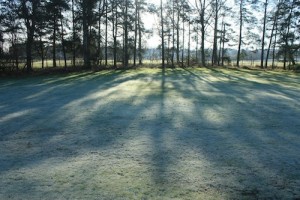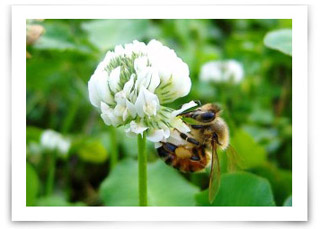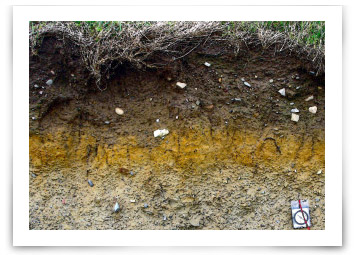Identifying and Dealing with Grubs in Your Lawn
Lawn care can be a very satisfying job and yet a very complex one at the same time. When a seemingly healthy grass lawn starts to develop problems, it can be hard to determine the cause. Lawn health can be compromised by over or under-watering, misuse of fertilizer, lawn disease or a number of other issues. Grubs are one common cause of many grass yard problems. The immature versions of beetles like Japanese beetles and June bugs, grubs live underground and feed on grass roots, causing a lot of problems for a lawn.

Diagnosis
If you're trying to determine how to care for a lawn with symptoms like the ones listed below, you may be dealing with grubs:
To confirm that there is a grub problem, you'll need to dig up a few square foot sections from different parts of the grass yard. The grubs usually can be found if you dig these patches up to four inches deep, but when winter sets in the grubs will bury themselves deeper, so it's best to check before winter. More than five to ten grubs per square foot (depending on lawn health) can be considered a grub problem.
Treatment
If you are finding ten or more grubs per square foot of grass, it is probably worth treating. There are a few options to choose from, both natural and chemical, depending on you or your client's preference:
Being able to identify a grub problem and knowing how to care for a lawn with grubs can be a valuable tool for lawn care. Remember, healthier lawns can sustain more grubs without damage, so proper irrigation and mowing can go a long way to preventing grub damage. Find a Wright Dealer near you for the equipment and support to help you maintain strong, healthy lawns against any pest.


